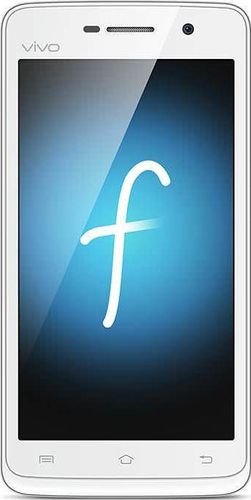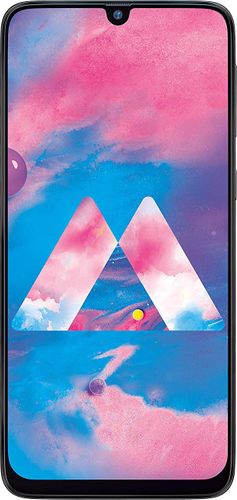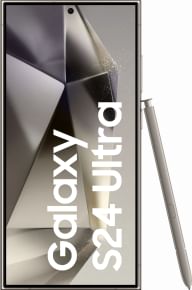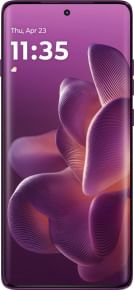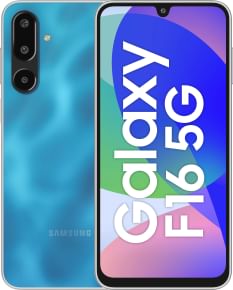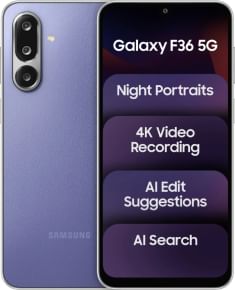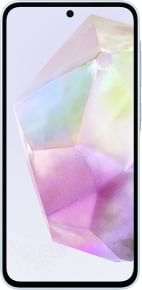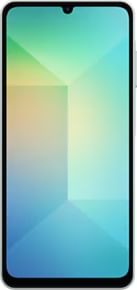Vivo Y21 vs Samsung Galaxy M30 (3GB RAM + 32GB)
Quick Comparison
Samsung Galaxy M30 (3GB RAM + 32GB) has better RAM than Vivo Y21. In terms of display resolution, Samsung Galaxy M30 (3GB RAM + 32GB) has better resolution of 2340 x 1080 than Vivo Y21 which has resolution of 854 x 480. Samsung Galaxy M30 (3GB RAM + 32GB) has more internal memory than Vivo Y21
| Name | Vivo Y21 | Samsung Galaxy M30 (3GB RAM + 32GB) |
| RAM | 1 GB | 3 GB |
|---|---|---|
| Display | 4.5 in | 6.4 in |
| Internal Memory | 16 GB | 32 GB |
| Battery | 1900 mAh | 5000 mAh |
| Camera | 5 MP | 13 MP + 5 MP + 5 MP Triple |
| Price | Rs. 6800 | Rs. 9999 |
Related Products
Detailed Comparison
Price And Launch
The launch Date of the first phone is July, 2016. The cost of Vivo Y21 is Rs. 6800. The launch Date of the second phone is September 26, 2019. The cost of Samsung Galaxy M30 (3GB RAM + 32GB) is Rs. 9999.
Display comparison
Samsung Galaxy M30 (3GB RAM + 32GB) has larger screen size of 6.4 inches in comparison to Vivo Y21's 4.5 inch screen. Vivo Y21 has IPS Screen type where as Samsung Galaxy M30 (3GB RAM + 32GB) has Super AMOLED Screen type. Samsung's phone has display density of 403 PPI & Vivo's phone has only 218 PPI display density. Vivo Y21 has 16:9 aspect ratio where as Samsung Galaxy M30 (3GB RAM + 32GB) has 19.5:9 aspect ratio.
Memory comparison
Samsung Galaxy M30 (3GB RAM + 32GB)'s larger 3 GB RAM is better for playing games and all with respect to Vivo Y21's lower 1 GB RAM. Samsung Galaxy M30 (3GB RAM + 32GB) has more Internal Memory (32 GB) than Vivo Y21 (16 GB).
Camera comparison
Samsung Galaxy M30 (3GB RAM + 32GB)'s 13 MP + 5 MP + 5 MP Triple Rear Camera outshines Vivo Y21's 5 MP Rear Camera in terms of resolution. Samsung Galaxy M30 (3GB RAM + 32GB) will be better choice if you're looking to click lot of selfies as it has better 16 MP Front Camera in comparison to Vivo Y21's 2 MP Front Camera.
Technical comparison
Both the phones has Android Operating System but the first one runs on version 5.1 and the second one on 8.1 version.
Related Comparisons
Full Comparison
| Name | Vivo Y21 | Samsung Galaxy M30 (3GB RAM + 32GB) |
| General | ||
| Model | Galaxy M30 | |
| Sim Type | Dual Sim, GSM+GSM | Dual Sim, GSM+GSM |
| Dual Sim | Yes | Yes |
| Sim Size | Nano+Nano SIM | |
| Device Type | Smartphone | Smartphone |
| Release Date | July, 2016 | September 26, 2019 |
| Design | ||
| Dimensions | 66.4 x 130.69 x 9.19 mm | 75.1 x 159 x 8.5 mm |
| Weight | 157 g | 174 g |
| Display | ||
| Type | Color IPS Screen | Color Super AMOLED Screen (16M Colors) |
| Touch | Yes | Yes |
| Size | 4.5 inches, 480 x 854 pixels | 6.4 inches, 1080 x 2340 pixels |
| Aspect Ratio | 16:9 | 19.5:9 |
| PPI | ~ 218 PPI | ~ 403 PPI |
| Screen to Body Ratio | ~ 84.2% | |
| Notch | Yes, Water Drop Notch | |
| Memory | ||
| RAM | 1 GB | 3 GB |
| Storage | 16 GB | 32 GB |
| Card Slot | Yes, upto 128 GB | Yes, upto 1 TB |
| Connectivity | ||
| GPRS | Yes | Yes |
| EDGE | Yes | Yes |
| 3G | Yes | Yes |
| 4G | Yes | |
| VoLTE | Yes | |
| Wifi | Yes, with wifi-hotspot | Yes, with wifi-hotspot |
| Bluetooth | Yes, v4.0 | Yes, v5.0 |
| USB | Yes, microUSB v2.0 | Yes, USB-C v2.0 |
| Extra | ||
| GPS | Yes, with A-GPS Support | Yes, with A-GPS, GLONASS, BDS |
| Fingerprint Sensor | Yes, Rear | |
| Face Unlock | Yes | |
| Sensors | Accelerometer | Accelerometer, Gyro, Proximity, Compass |
| 3.5mm Headphone Jack | Yes | Yes |
| Camera | ||
| Rear Camera | 5 MP | 13 MP ƒ/1.9 PDAF 5 MP ƒ/2.2 (Ultra Wide) 5 MP ƒ/2.2 (Depth Sensor) |
| Auto Focus | Yes | Yes |
| Features | Face detection | Panorama, HDR |
| Video Recording | 1080p @ 30 fps FHD | |
| Flash | Yes, LED | Yes, LED |
| Front Camera | 2 MP | 16 MP ƒ/2 |
| Front Video Recording | 1080p @ 30 fps FHD | |
| Technical | ||
| OS | Android v5.1 (Lollipop) | Android v8.1 (Oreo), upgradable to v9.0 (Pie) |
| Chipset | MediaTek Helio MT6580 | Samsung Exynos 7904 |
| CPU | 1.3 GHz, Quad Core Processor | 1.8 GHz, Octa Core Processor |
| GPU | Mali-400 MP | Mali-G71 MP2 |
| Java | Yes, via 3rd party | No |
| Browser | Yes, supports HTML5 | |
| Multimedia | ||
| Yes | ||
| Music | MP3/WAV/WMA/eAAC+/FLAC | |
| Video | MP4/WMV/H.265 | |
| FM Radio | No | Yes |
| Document Reader | Yes | |
| Battery | ||
| Type | Removable Battery | Non-Removable Battery |
| Size | 1900 mAh, Li-ion Battery | 5000 mAh, Li-Po Battery |
| Fast Charging | Yes | |
